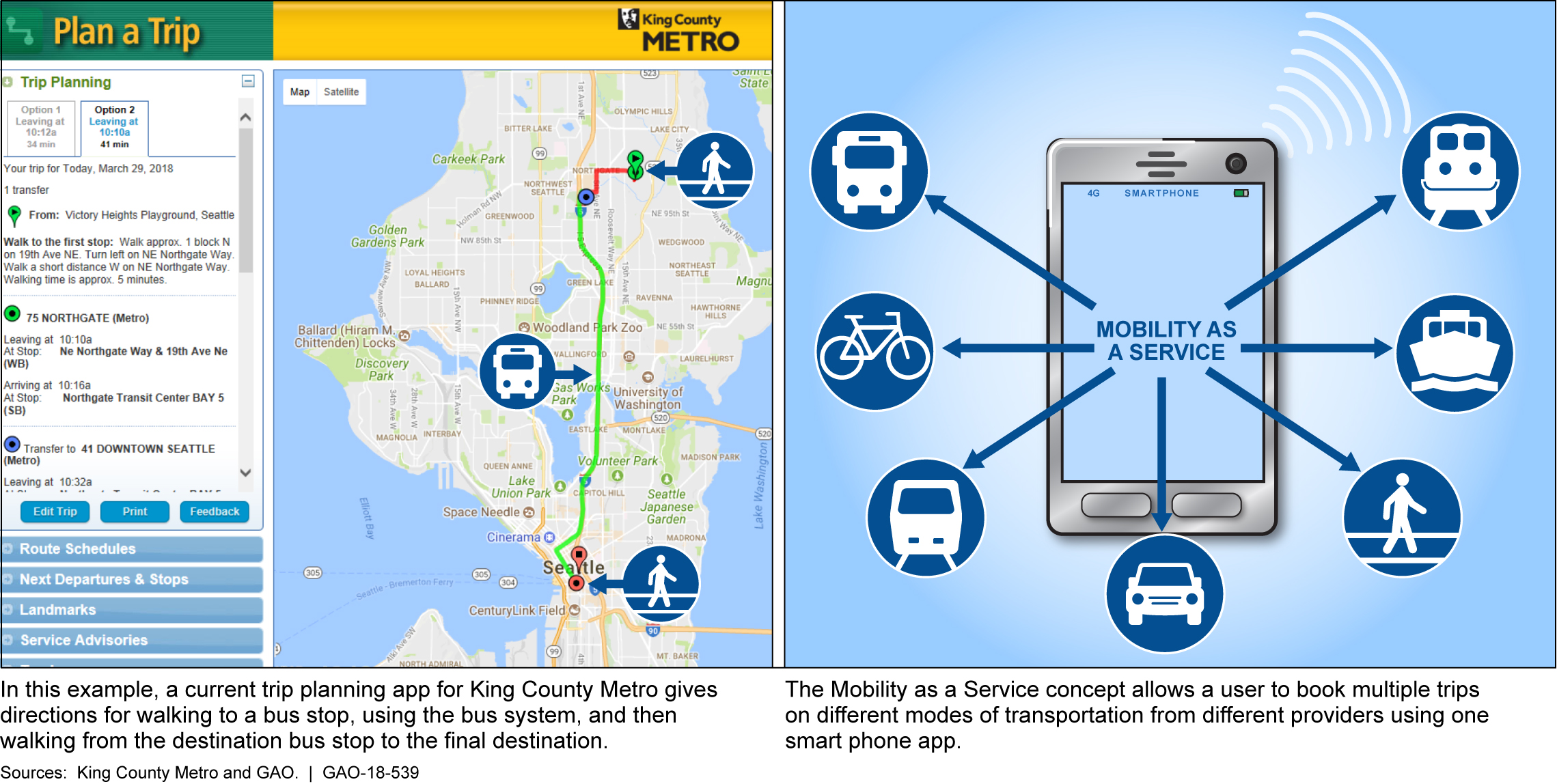
Practice 4: Set up the evolving nature of the issue
Aim to show the reader that the issue is dynamic and evolving. For example, notice in the excerpts below words depicting change, such as “growth,” “developing phenomenon,” and “expected to continue to increase…”
Excerpt from the Public Transit Partnerships report:The growth of the “sharing economy” has begun to impact public transportation. DOT describes the sharing economy as a developing phenomenon based on sharing, renting, and borrowing goods and services, rather than owning them. One facet of the sharing economy is shared mobility, meaning the shared use of a motor vehicle, bicycle, or other transportation mode that is often facilitated by requests from users, largely through mobile applications. |
Excerpt from the Vehicle Cybersecurity report:Over the past decade, the amount of software code in passenger vehicles has increased significantly … [and] … is expected to continue to increase with the introduction of more advanced and automated features that have the potential to reduce crashes and save lives. Despite the safety and convenience benefits offered ..., researchers and others have noted that as the lines of vehicle software code increase, so does the potential for cybersecurity vulnerabilities that could be exploited through vehicle cyberattacks or “hacking”. |
Practice 5: Use graphics to show the potential future
It is difficult to visualize the future without a visual! In crafting such graphics, try to show the potential future from the perspective of the citizens who would be affected. Graphics can show the future benefits that the audited agency could miss unless it takes some action. In the Public Transit Partnerships report, we aimed to show what is currently happening (see the first graphic) and the ideal future, as envisioned by the transit industry (see the second graphic).
Examples from the Public Transit Partnerships report:
|
|
Practice 6: Aim to make prospective recommendations targeted without being prescriptive
For prospective reports, avoid making recommendations that could become irrelevant in a few years if circumstances change. Aim to make recommendations that the agency should implement no matter what happens. Aim to make them broad enough to give the agency flexibility but concrete enough to be understandable. Below are the three recommendations from the Public Transit Partnerships report, all of which the audited agency agreed to implement.
Excerpt from the Public Transit Partnerships report:We recommend that FTA take the following three actions: |
Conclusion
As audited agencies try to maximize scarce resources and adapt to changing technology, auditors can offer constructive insights through prospective audits. Writing prospective audit reports that are convincing can be challenging. My hope is that using the selected practices presented in this article will help make the process a little easier. By issuing quality prospective reports, performance auditors can live up to their potential for improving government by better preparing audited agencies for the future.
References
- U.S. Government Accountability Office (GAO) (November 1990). Prospective Evaluation Methods: The Prospective Evaluation Synthesis, GAO/PEMD-10.1.10, Washington, DC.
- GAO (September 2014). Standards for Internal Control in the Federal Government, GAO-14-704G, Washington, DC.
- GAO (March 2016). Vehicle Cybersecurity: DOT and Industry Have Efforts Under Way, but DOT Needs to Define Its Role in Responding to a Real-world Attack, GAO-16-350, Washington, DC.
- GAO (February 2018). 2018-2023 Strategic Plan: Trends Affecting Government and Society, GAO-18-396SP, Washington, DC.
- GAO (July 2018). Public Transit Partnerships: Additional Information Needed to Clarify Data Reporting and Share Best Practices, GAO-18-539, Washington, DC.
- GAO (March 2019). Automated Trucking: Federal Agencies Should Take Additional Steps to Prepare for Potential Workforce Effects, GAO-19-161, Washington, DC.
Page 2 of 2
DISCLAIMER: The opinions expressed in this article are those of the author and do not necessarily reflect the views of the Foundation.
See more Voices from the Field
- 1
- 2




